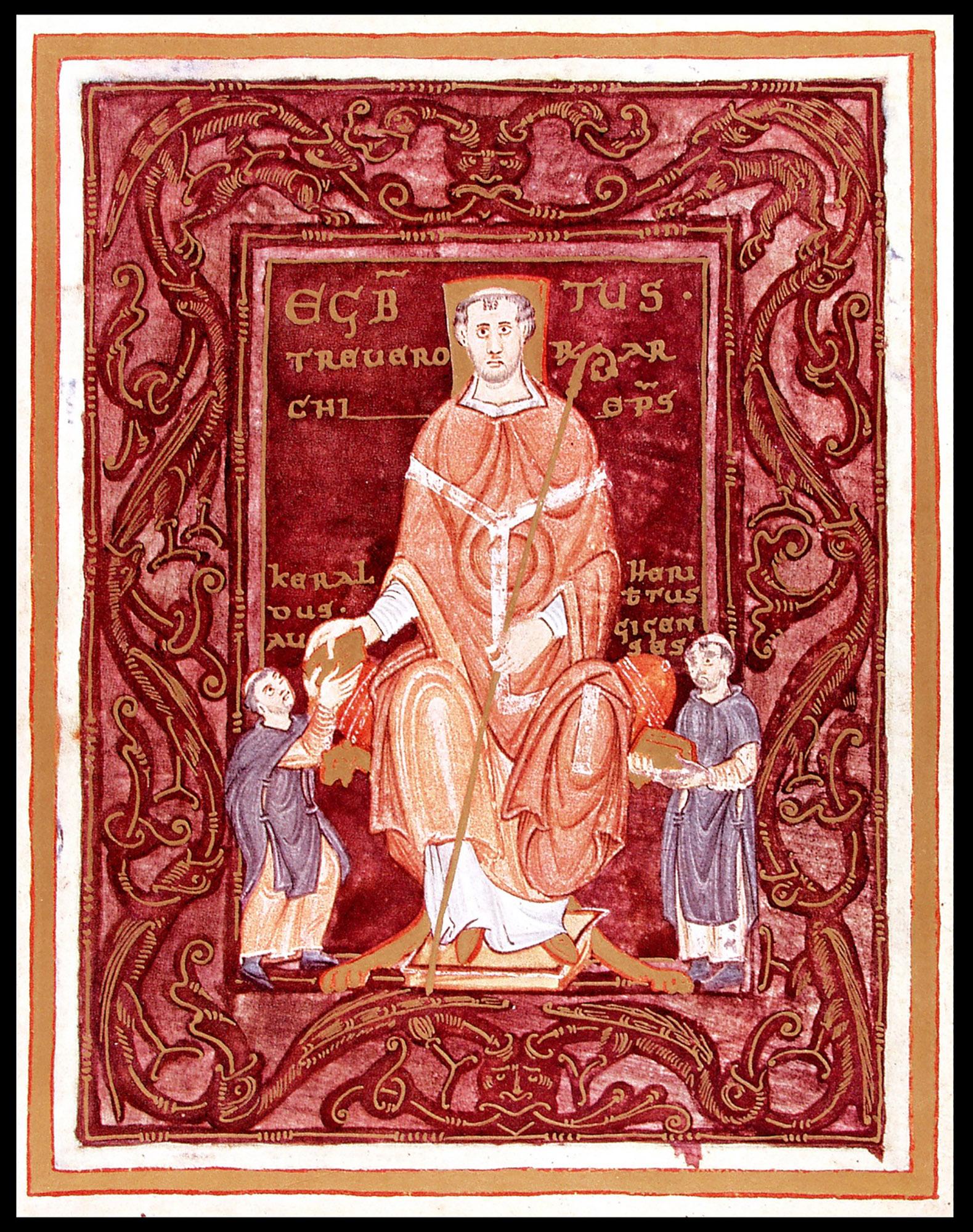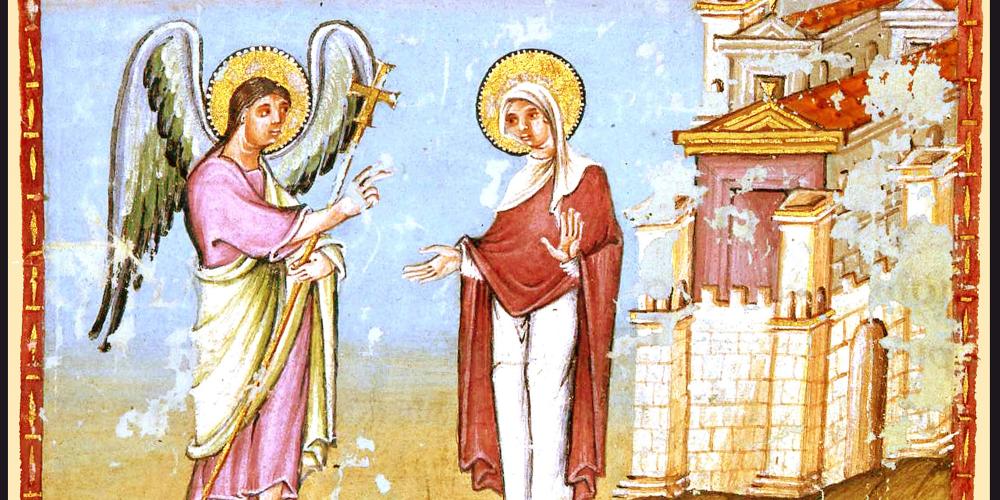Codex Egberti

The "Codex Egberti" is one of the central main works of the Ottonian era (919–1024). The manuscript was named after its sponsor, the Trier Archbishop Egbert. The bishop, who died in 993, is known as a great patron of art, culture and science. The document was created in Trier on the island of Reichenau and has been listed as part of UNESCO’s Memory of the World since 2004. Based on its content, the document is in the category of pericopes. It contains extracts from the gospels which are read out at mass. There are 56 illustrations of the life of Jesus scattered through the text.

Six or seven miniatures are from the famous Gregory Master, one of the outstanding artists of the Ottonian Renaissance, as further manuscripts in the Trier city library will attest. The miniatures of the Codex Egberti radiate an unsurpassed tranquility of representation. With their tempered, elegantly restrained nature, they exude an almost atmospherical mood. It is assumed that the Codex Egberti was created for the personal use of the Archbishop of Trier for celebrating mass in the cathedral. The influence of the Codex Egberti can also be seen in the 'Pericope of Kuno of Falkenstein‘ from the period around 1380.
Codex Egberti
Tuesday - Sunday:
10:00 - 17:00 (also on public holidays)
Closed on Mondays
Adults: 5, - €
Children under 10 years: free
Students , pupils, seniors aged 65 and over, children aged 10 - 18, people with disabilities: 3, - €
Students in the classroom : € 1.00
Family ticket (1-2 adults + children up to 18 years): 8,00 €

